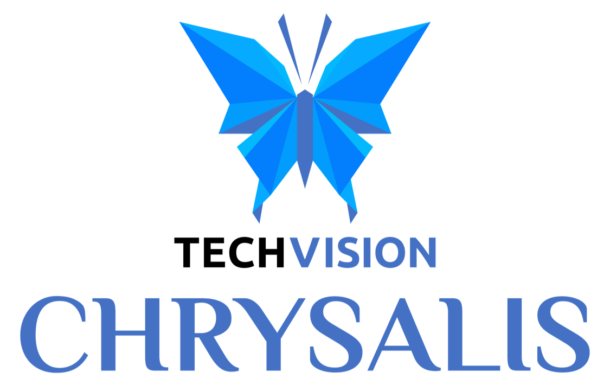For over two decades, Identity Governance and Administration (IGA) has promised to answer one of the most critical questions in enterprise security: “Who has access to what?” Yet, as TechVision Research’s latest report bluntly concludes, IGA has largely failed to deliver on its lofty expectations. Why has this happened, and-more importantly-what can organizations do differently to finally achieve effective identity governance?
Why IGA Hasn’t Met Expectations
IGA was introduced to streamline the provisioning process: granting, tracking, and removing access and privileges efficiently and securely. Over time, it expanded to include entitlement discovery, access request/review workflows, certification, risk scoring, identity lifecycle management, and compliance reporting. The goal was a comprehensive, closed-loop system for managing digital identities and their access to resources.
However, the reality has been far messier. Several core challenges have plagued IGA initiatives:
- Complex, Heterogeneous Environments: Modern enterprises operate across on-premises, cloud, and hybrid environments, making consistent governance extremely difficult.
- Misaligned Business Processes: IGA often assumes a neat organizational model, but real-world businesses are dynamic, with shifting structures and priorities that rarely fit the mold.
- Lack of Business Engagement: Too many IGA projects are driven by IT alone, without sufficient input from business stakeholders who understand the context and purpose behind access decisions.
- Process Gaps: Many organizations lack the foundational business processes needed to support effective identity governance, leading to piecemeal implementations and missed risks.
- Unrealistic Expectations: IGA was expected to solve everything from regulatory compliance to insider threats, but without the right organizational commitment and expertise, these goals remain out of reach.
As a result, IGA deployments have earned a reputation for being expensive, brittle, and ultimately disappointing-leaving enterprises skeptical of promised benefits.
The Path Forward: Rethinking IGA for Real-World Success
Despite its checkered past, IGA remains essential in today’s threat landscape. The good news: TechVision Research outlines a pragmatic, business-first approach to finally make IGA work.
- Start With the Business, Not the Tool
- Establish a clear business linkage to identity management. Understand what your organization needs to achieve-whether it’s regulatory compliance, risk reduction, or operational efficiency-before selecting any technology.
- Objectively assess your current IAM governance program, ideally with external expertise to provide an unbiased view.
- Build Cross-Functional Governance
- Form an IAM Steering Committee with representation from HR, vendor management, IT, and business units. This ensures that access decisions reflect real business needs and priorities.
- Appoint a senior executive sponsor to champion the program and drive accountability.
- Focus on Process and Policy
- Develop and document business policies, standards, and processes that can be mapped to your IAM model. Don’t rely on ad hoc or IT-centric approaches.
- Regularly review and update policies as business requirements and regulatory landscapes evolve.
- Manage Scope and Milestones
- Set realistic goals and prioritize initiatives that provide visible value in achievable timeframes. Avoid “big bang” rollouts that are likely to stall or fail.
- Use working groups to tackle specific challenges but avoid overextending key personnel.
- Invest in Communication and Training
- Ensure that all stakeholders understand the purpose and value of IGA. Provide training for project managers, IT procurement specialists, developers, and integrators on how to embed IAM requirements into their workflows.
- Document and distribute meeting minutes, policies, and standards to maintain transparency and engagement.
- Leverage Reference Architectures
- Use standardized frameworks to organize business requirements, tie them to capabilities, and identify strengths and gaps. Reference architectures provide a common vocabulary and best practices to guide technology selection and implementation.
- Prioritize Progress Over Perfection
- Recognize that IGA is a journey, not a one-time project. Aim for continuous improvement, adapting as your organization and technology landscape evolve.
- Be nimble and ready to adjust course as you learn what works-and what doesn’t-in your unique environment.
Key Takeaways
- IGA is not just a technical project-it’s a business discipline. Success depends on aligning technology with real business needs, engaging the right stakeholders, and building strong processes and governance structures.
- Failures are often rooted in organizational dynamics, not technology. Invest in understanding how your business works before deploying new tools.
- Reference architectures and external expertise can help “right the ship.” Use industry best practices to guide your efforts and avoid common pitfalls.
As TechVision Research puts it: “Identity is a program, not a project. It’s a team sport.” By embracing this mindset and following a pragmatic, business-driven approach, enterprises can finally realize the promise of IGA-and build a foundation for secure, efficient, and compliant digital operations.
For more insights and practical guidance, visit www.techvisionresearch.com and explore our latest research on identity governance and administration.


Recent Comments